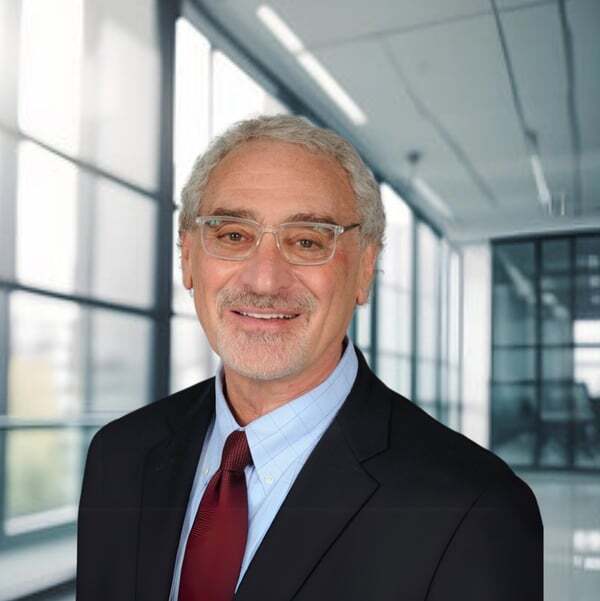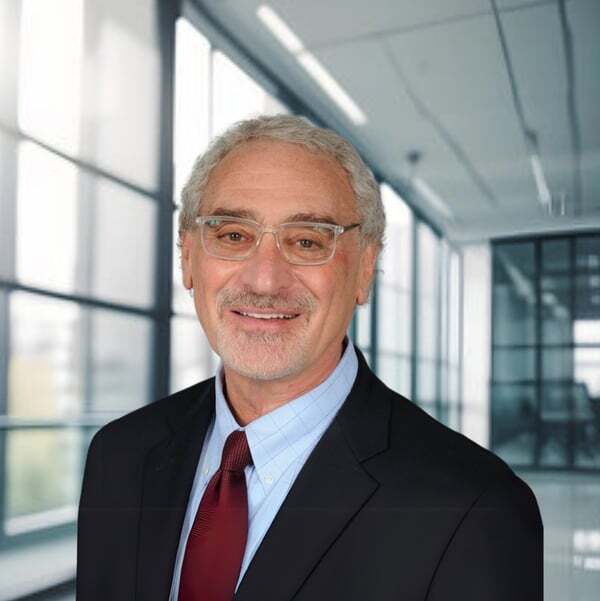The Hard Work of Change
For most superintendents, redistricting is the “R” word — the one whispered in hallways and dreaded in boardrooms. Closing schools, consolidating programs, and redrawing boundaries — even when paired with promising initiatives like magnet programs or modified Princeton Plans — is hard.
Not just technically hard, but emotionally and politically hard.
John F. Kennedy, in his 1962 address challenging the nation to reach the moon, said:
“We choose to go to the moon in this decade and do the other things, not because they are easy, but because they are hard… because that goal will serve to organize and measure the best of our energies and skills.”
That same call to courage echoes in school districts today. The most meaningful work in education — the work that tests our values, unites our communities, and shapes our children’s futures — rarely comes easily.
Beyond Maps and Budgets: The Human Side of Change
Consolidation is never just a facilities or budget decision; it’s a community story. When schools merge or close, students lose familiar hallways and playgrounds. Teachers and staff face uncertainty about their assignments and futures. Families grieve the loss of a neighborhood hub that once hosted concerts, voting booths, and PTA meetings. Communities lose not just a building but a piece of identity.
That emotional and social fallout matters deeply. Research shows that poorly managed consolidations can cause short-term dips in academic achievement and student well-being. Teachers’ morale suffers. Trust erodes. What appears as a logistical adjustment on paper can ripple through the entire social fabric of a district.
The Pressure Is On
William Bradford, reflecting on the founding of the Plymouth Bay Colony in 1630, wrote that “all great and honorable actions are accompanied with great difficulties.”
Policy is set. Maps are drawn. Enrollment is down. Budgets are tight. Yet behind every data point are children, families, and educators who will live the impact of each decision.
Leadership in these moments is not about managing numbers — it’s about managing meaning. It’s about helping communities move from fear and loss toward trust and renewal.
Practices That Reduce Harm and Build Hope
1. Start engagement early — and make it real.
Authentic two-way communication reduces fear. Hold listening sessions, family focus groups, and student forums. Invite voices from all corners of the district to shape decisions. Austin ISD’s approach to sustained, transparent engagement stands as a model for early, honest communication.
2. Create transition teams.
Dedicated teams of counselors, teachers, parents, and family liaisons can plan orientation weeks, buddy systems, and extracurricular continuity so students don’t feel dropped into an unfamiliar world.
3. Preserve identity and rituals.
Let sending schools leave legacies: murals, time capsules, trophy cases, or named rooms. Rituals of remembrance can transform loss into pride and continuity.
4. Invest in well-being and academic continuity.
Provide counseling, mentorship, and small-group supports for at least a year post-transition. Research shows the steepest academic dips occur soon after disruption; targeted supports help students and teachers rebuild rhythm and trust.
5. Repurpose buildings thoughtfully.
Empty schools can become community assets — early childhood centers, adult learning hubs, or shared social service spaces. When buildings remain part of a neighborhood’s daily life, the narrative shifts from loss to legacy.
Models Worth Studying
Boston, MA – When Boston merged several elementary schools, district leaders paired structural changes with investments in community outreach and phased transitions. The message was clear: consolidation wasn’t just about closing doors but opening new opportunities. Boston’s model shows that when facilities work aligns with academic and community goals, change can be framed as renewal rather than retreat.
Bellevue School District, WA – Bellevue’s consolidation study modeled transparency and inclusion. Leaders briefed staff before public forums, created channels for student voice, and publicly posted detailed transition plans. Their process shows how clear structure and empathy can coexist.
Greene County Schools, NC – Partnering with RTI International, Greene County centered consolidation in community values. Their Family and Community Engagement (FACE) initiative built ownership early, ensuring decisions reflected both data and local identity.

Reframing “Hard” as “Honorable”
Redistricting and consolidation will never be easy. But as Bradford reminded us, great and honorable actions demand “answerable courage” — the courage to make decisions balancing equity, efficiency, and empathy.
This is where leadership becomes art — not just the administration of policy but the orchestration of humanity.
The call before district leaders today echoes Kennedy’s: to take on what is hard because it serves the best of our collective energy and skill. Redistricting done well — grounded in listening, compassion, and transparency — can reveal the strength of a community’s shared purpose.
Done poorly, it deepens mistrust and division. Done courageously, it becomes an act of renewal — a way to reorganize not just buildings, but belonging.
At a Glance
Challenge
Enrollment decline, budget constraints, aging infrastructure.
Risk
Loss of community trust, student belonging, and staff morale.
Response
Authentic engagement, transparent planning, and emotional continuity.
Goal
Reframe consolidation as renewal — a courageous act in service of students and community.




